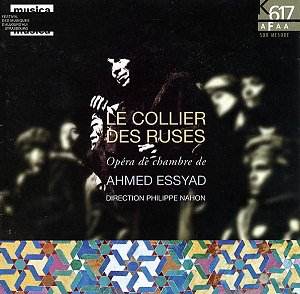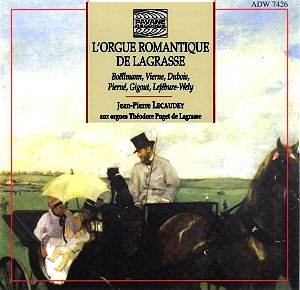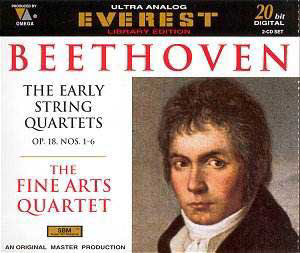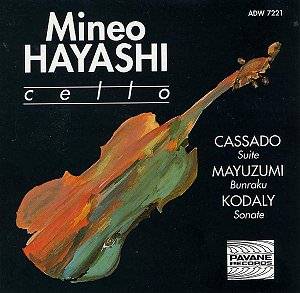 Composer: Ahmed Essyad
Composer: Ahmed Essyad
Works: Le Collier des Ruses
Performers: Sid Ahmed Agoumi, Driss Roukhe, Sonia Mekkiou, Houcine Djiti, Mohammed El Ouarandi, Jean Lorrain, Cecile Bonnet, Fabienne Gonzalez (sopranos); Veronique Reibold (mezzo); Instrumental Ensemble Philippe Nahon
Recording: Strasbourg, September 1994
Label: K617051
Ahmed Essyad’s Le Collier des Ruses, a chamber opera composed in 1977, emerges as a compelling exploration of cultural duality, weaving the intricate threads of Arabo-Berber musical heritage and twelve-tone techniques. The work, which draws its text from the 10th-century B.C. poet El Hamadhani, represents an ambitious effort to articulate a dialogue between these disparate traditions. Essyad’s music is not merely a synthesis; rather, it engages in a profound investigation of the tensions and contrasts inherent in their coexistence. This recording, realized by an adept ensemble in Strasbourg in 1994, serves as a crucial document of Essyad’s artistic vision.
The performance is marked by a striking commitment to the theatricality embedded within the score. The ensemble, consisting of strings, woodwinds, and piano, navigates the intricate textures with remarkable precision. Notably, the opening act features a sinuous oboe line that captivates the listener, soon joined by glissandos from the cello and the piano’s agitated clusters. This juxtaposition of lyrical oboe melodies with the more fragmented and abstract piano textures exemplifies the complex interplay between the two musical languages that Essyad seeks to reconcile. The performers adeptly convey the somber, declamatory nature of the text, with the melismatic chanting and recitation of “The Fable of the Wine” resonating with a haunting depth.
Essyad’s integration of twelve-tone procedures with traditional declamation presents a formidable challenge, one that the performers meet with electric vitality. The vocalists articulate the Arabic texts with clarity, yet at times, the emotional weight of the declamation seems to be at odds with the abstract qualities of the instrumental writing. For instance, a particularly intense moment at 17.05 in the first act reveals a crescendo of hysteria punctuated by clattering percussion, which, while thrilling, also exposes the fissures in the musical fabric. The tension between the sophistication of the ensemble’s contribution and the raw expressiveness of the Arabic texts can lead to moments of disjunction, prompting an examination of whether the two worlds can genuinely coexist without dilution.
The recording quality is commendable, capturing the nuances of both the vocal lines and the instrumental textures with clarity and definition. The engineering allows for a vibrant soundscape, where each instrument’s contribution can be distinctly appreciated, thus enhancing the work’s dramatic impact. However, when juxtaposed with other notable contemporary chamber operas, such as those by Peter Maxwell Davies, Le Collier des Ruses can feel musically fragmented, struggling to create a cohesive narrative arc amidst its complex stylistic dualities.
Essyad’s Le Collier des Ruses is a challenging yet thought-provoking work that encapsulates the cultural and artistic dialogues of its time. The performance, while vibrant and committed, becomes an exercise in navigating the inherent tensions between its components. The high production values and engaging interpretations present a compelling case for the opera’s place within the modern chamber repertoire, even as they reveal the difficulties in reconciling the vastly different musical languages at play. The efforts of the performers and the quality of the recording render this a significant contribution to understanding Essyad’s oeuvre and the broader context of cross-cultural musical exploration.



